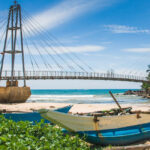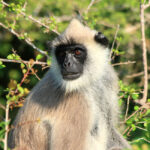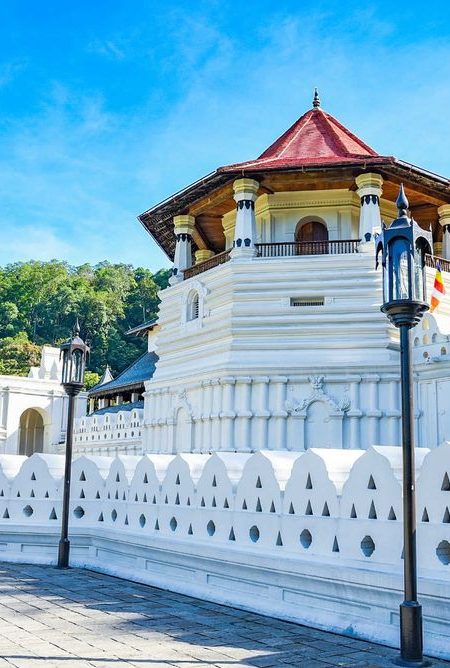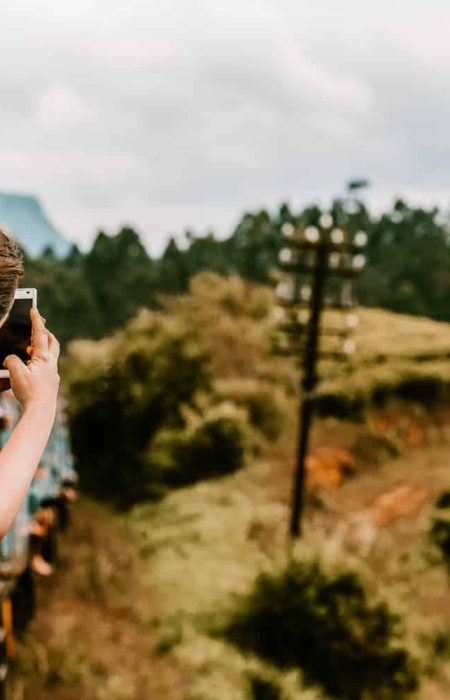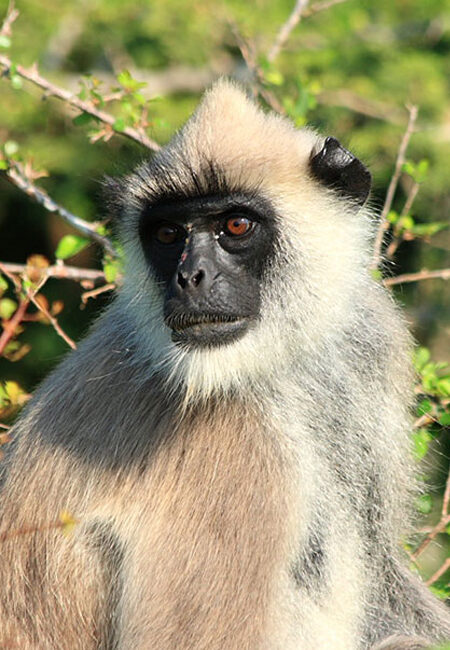An historical Buddhist temple situated in unison near Colombo, Sri Lanka, much of significant historic, cultural and spiritual value called Kelaniya Raja Maha Viharaya is a beautiful place to visit. This sacred sanctuary is revered through Buddhists throughout the island and beyond, and attracts masses of devotees and tourists each 12 months. This is a comprehensive manual enabling us to explore Kelaniya Raja Maha Viharaya, incidentally one of the richest historical monuments, architectural wonders, cultural essence, and practical tips of Travelling places.
The Rich History of Kelaniya Raja Maha Viharaya
Ancient Origins
The origins of Kelaniya Raja Maha Viharaya date from over 2500 years ago. By means of historical records and Buddhist chronicles the temple is known to have been established in the reign of King Yatala Tissa. Lord Buddha himself is believed to have visited the site during his third visit to Sri Lanka making it one of the most venerated places on the island.
Destruction and Rebuilding
Kelaniya Raja Maha Viharaya has seen fleeting moments of destruction and rebuilding through its long history. It was destroyed at the Portuguese colonial period in the 16th century but was restored by the Dutch and British colonizers. It goes to the financing, the extravagance, the engineering, and the characteristic excellence of the Sri Lankan general population.
Dambakola Patuna and Kelaniya Connection
It is associated, too, with the arrival of Sanghamitta, the daughter of Emperor Ashoka of India, who brought a sapling of the sacred Bo (Bodhi) tree to Sri Lanka. The sapling had been planted at Anuradhapura, but was also thought to have first stopped at Kelaniya to establish the temple’s significance as a Buddhist site.
Architectural Marvels of Kelaniya Raja Maha Viharaya
The Main Shrine Room
Kelaniya Raja Maha Viharaya has main shrine room is a stunning area filled with extremely elaborate frescoes and colorful murals. The Buddha’s life, the stories of his birth preceedents, Jataka tales and historic moments within the history of the temple are all depicted by these artworks. Because it is serene at the shrine room, it makes a perfect place to meditate and reflect.
The Reclining Buddha Statue
Standing out of the lot, stands tall the colossal reclining Buddha statue, which is one of the iconic feature of Kelaniya Raja Maha Viharaya. Measuring well over 18 meters long, the greatest part of this impressive sculpture depicts the Buddha’s final moments before attaining Parinirvana. The statue’s serene expression and careful craft work make it a center point for guests.
The Stupa
The other architectural marvel about the temple is the stupa, or dagoba. The stupa symbolizes the Buddha’s teaching and presence enshrining some of the Buddha’s relics. The stupa is more elegant in design and the gardens which surround it lush, and it makes for a very tranquil place for worship and/or contemplation.
The Image House
As a treasure trove of Buddhist art and iconography, the image house, or Vihara Mandiraya, is almost unrivalled. You can see a lot of paintings and statues of diverse deities which embolden the rich cultural heritage of Sri Lankan Buddhism on the walls. Cameras do not show the intricate carvings, the vibrant colors and they leave an impression on anyone who sees the houses.
Cultural and Religious Significance
The Duruthu Perahera
The once a year Duruthu Perahera at Kelaniya Raja Maha Viharaya is one of the most important happenings linked to the temple. This grand procession, held in January, commemorates the first visit of the Buddha to Sri Lanka. Among the traditional dancers, drummers, elephants and devotees who carry sacred relics is the Perahera. Each year thousands of spectators are attracted by the vibrant display of faith and culture.
Pilgrimage Site
Buddhists in Sri Lanka and around the world come to celebrate the birth of their Buddha at Kelaniya Raja Maha Viharaya. Visitors to the temple want to pay homage to the Buddha, ask for blessings and do acts of merit. The temple is peaceful, sanctified landscape and it is a place of refuge.
Educational and Cultural Center
Apart from its religious association, the Kelaniya Raja Maha Viharaya also functions as an educational and, at times, a cultural centre. It offers Dhamma sermons, meditation retreats and also cultural events. They build on the teachings of the Buddha and create community for those of the faith.
Visiting Kelaniya Raja Maha Viharaya
Best Time to Visit
The early morning or late afternoon is the best time to visit Kelaniya Raja Maha Viharaya as the templeground is not crowded, while the weather is cooler. If you plan on visiting in January, then there is also the annual Duruthu Perahera procession (January), and its cultural festivities at the temple.
Getting There
A short 6 km journey northeast of Colombo is the Kelaniya Raja Maha Viharaya. The temple is very accessible by road and you can hire a car or a bus from Colombo. The train can also be taken (a more scenic journey) to Kelaniya Railway Station and then a short tuktuk ride to the temple.
Dress Code and Etiquette
Upon joining Kelaniya Raja Maha Viharaya, if you do not dress modestly and respectfully, you will get stares. You should wear clothing with their shoulder and knees covered and take off your shoes before entering temple premises. Visiting the temple is also customary, and you make a small offering or donation when you get there.
Photography
While Photography is allowed at Kelaniya Raja Maha Viharaya please be mindful and respectful of the site as being sacred. Do not use flash photography inside the shrine rooms, nor should you take pictures of people at worship unless you have the permission of those people.
Exploring the Surrounding Area
The Kelani River
The temple is surrounded by the scenic beauty of the Kelani River which is near by. A trip to the temple along the riverbanks or on the river (by boat) gives a sense of calm and presents a new sight of the temple.
Kelaniya University
Nearby University of Kelaniya is Sri Lanka’s leading educational institution. For those interested in higher education and research, it stands as an interesting place to visit, because the campus is lush and academic atmosphere is fascinating.
Local Markets and Cuisine
There are local markets located near Kelaniya Raja Maha Viharaya where you can set out trying all the vibrant culture and flavours of Sri Lanka. Centrally located eateries and food stalls around the area serve some sample traditional Sri Lankan cuisine as Hoppers, Kottu roti, and fresh tropical fruits.




